Steamed Rice on the Stove-top
As an Amazon Associate and member of other affiliate programs, I earn from qualifying purchases.
Before an electric rice cooker came into our kitchen in my childhood home, rice was cooked stove-top in a Filipino caldero (a heavy stock pot of aluminum or cast iron). Cooking rice was a daily ritual in my parents’ home back in the Philippines. Often rice was cooked three times a day. I remember seeing there were two sizes of calderos in my mother’s kitchen. The larger one was where the regular rice variety ‘wagwag’ was cooked. The smaller caldero was where the milagrosa variety was cooked. Wagwag was a cheaper white grain rice variety that was preferred for commercial use or larger food events. Milagrosa was an expensive, sheer white small-grained rice which had a delicate, fragrant aroma when cooked.
I grew up in Tarlac, one of the provinces in Central Luzon, a region considered as ‘the rice granary of the Philippines’ – perhaps because these agricultural areas produced the most rice in the country.
My father, Gualberto Besa was a farmer and cultivated rice crops. He grew and nurtured the best produce in our backyard and farms. As you can imagine, our home was always blessed with an abundance of rice, vegetables and fruits from trees, vines, shrubs and crops grown by my dad. My dad was a farmer at heart. He rose daily at the crack of dawn, awakened by the sound of our roosters. He was one of those farmers who could tell if strong rains were eminent just by looking at the clear, blue sky and inhaling the fresh farm air around him. Through the years, I heard my parents, my uncles and aunts discuss farming and rice-related words in Kapampangan (a dialect in our province) to describe rice: abyas (rice grains), pale (palay, un-hulled rice grains), apa (the hull of the palay), nasi (cooked rice), lelut (porridge), suman (sticky rice logs), gagto (badly cooked rice) and so many more.
I painted from memory a traditional Filipino caldero for cooking rice.
If there is one thing that unites all Filipinos no matter where we live in the world, it is our love for rice in every meal possible. The simplicity of the mild flavor and sweet aroma of boiled rice makes it an ideal companion to the wide range of Filipino dishes.
Kanin is the Pilipino or Tagalog term for rice. Often, I used to hear the phrase “sinaing na kanin” (cooked rice) mentioned around our household especially just before meals. As a child, I always stood next to my mom in the kitchen when she was cooking meals, three times a day, seven days a week. The meal prep always started with boiling the rice. Since I was not yet allowed to handle the heat and the fire, my role started with cleaning the rice grains or what we call bigas.
Bigas comes with husks, dark grains, tiny stones and dirt—all from threshing the palay after harvesting. Little by little, these dirt particles had to be patiently picked and sorted by hand before cooking. This had to be done so that cooked rice could be pure, clean and pleasing to all.
Before cooking commenced, I would sit outdoors, behind the kitchen, with a large bilao (round, flat basket) picking the dirt, stones and husks from the rice grains. I found the task boring and couldn’t wait to cook the rice. Later, as I got older, my parents gifted me with a “kurang-kurangan”, a miniature rice clay pots set. With my toy set of pots, I cooked rice for real outdoors over firewood. When my play time cooking yielded real rice I could eat, I was never more pleased with myself.
Fast forward to present day. We’ve come a long way from those days of having to sift through dirt in the bigas. Nowadays, the markets offer a range of rice varieties to choose from and most of them are sold clear of any undesirable pebbles or dirt. In time, my mom discovered the electric rice cooker which became a mainstay in our family’s home.
When my husband and I moved to America, one of the first things purchased for our American kitchen was a rice cooker – which still works to this day, nearly twenty five years after. As our sons grew, I bought different rice cookers because technology evolves and keeps offering us more sophisticated product features. I even bring a rice cooker to the beach when we go on our summer vacations. That’s another story for next time.
But whether our rice cooker is the top-of-the-line model, or sings, whistles or talks when the rice is cooked, I still go back to the old ways and often I cook rice from scratch, stove-top the way I was first taught by my mother. It is true “rice is the deepest comfort food” for Filipinos, according to the pioneer Filipino food writer, Doreen Gamboa Fernandez. But for me, cooking rice the way I first knew how, is one of the most precious lessons I learned from my late mom and I will carry that in my heart for always.
Watch and cook rice along with me on Saturday, October 28, 2017 at 1 PM (Eastern time) or 10 AM (Pacific) on the Facebook Live event “Cook the Book with Denise and Jenni” with my amazing friend, chef extraordinaire Jenni Field of Pastry Chef Online. I’ll be cooking two Filipino recipes – Carne Asado Kapampangan and Coconut Leche Flan from my new cookbook “My Mother’s Philippine Recipes”.
This is an important event for Filipino cooking because it is Filipino-American History Month and we honor our culture and heritage this October here in America. If you post photos of these recipes and the rice you cooked with us, on Jenni Field’s Facebook page “Cook the Book with Denise and Jenni” you get a chance to WIN two of my cookbook GIVEAWAYS. Come, watch and cook with us.
Steamed Rice on the Stove-top
Equipment
- Stock pot (6 quarts)
Ingredients
- 1 1/2 cups Jasmine white rice grains
- 3 cups water
Instructions
- Wash rice grains twice in running water. Discard rice water it was washed in. *Or keep the second ‘hugas-bigas’ (rice washing) and use it as a soup stock for stews.
- Ratio for rice to water is 1 cup rice grains = 2 cups water.
- Place rice grains in a medium-sized 6-quart stockpot. For this recipe, add 3 cups of water to 1 ½ cups of rice grains. Cover the stockpot.
- Over medium-high heat, after about ten minutes, the water in the rice will come to a boil.
- Lower heat to a simmer. Keep the rice covered while cooking and simmer for about 10 minutes more till rice grains have puffed up to a larger size, become soft and can separate when fluffed with a fork. The liquid would have been absorbed by the cooked rice. This recipe will make three cups of cooked rice.
- Turn off heat and keep the cooked rice covered till ready to serve. Serve the rice in a bowl to keep warm.
- COOK’S COMMENTS: Leftover cooked rice should be refrigerated. This can be heated later in the microwave or else pan-fried for ‘sinangag '(garlic fried rice) for breakfast.
- Hello, Friends! All the images and content on this blog are COPYRIGHT PROTECTED and owned by my media company Besa-Quirino LLC. This means BY LAW you are NOT allowed to copy, scrape, lift, frame, plagiarize or use my photos and recipe content I wrote, on your website,books, films, television shows or videos without my permission. If you want to republish this recipe or content on another website, video, news article,or media outlets mentioned above please ASK my permission, re-write it in your own words and simply link back to this blog to give proper attribution. It’s the legal thing to do. Thank you. Email me at [email protected]
Nutrition
Notes on Nutrition: The nutrition information provided is an estimate and will vary based on cooking methods and specific brands of ingredients used.
Did you like this recipe?I have more Filipino Instant Pot recipes in my newest cookbook Instant Filipino Recipes: My Mother’s Traditional Philippine Cooking in A Multicooker Pot by Elizabeth Ann Besa-Quirino. I also have more classic recipes inspired by my mother’s cooking in my popular cookbook: My Mother’s Philippine Recipes. If you’re learning how to cook Filipino food or a fan of Philippine cuisine, buy my cookbooks and books on Amazon.com sold worldwide in paperback and Kindle format.
Copyright Notice: Hello, Friends! Please DO NOT LIFT OR PLAGIARIZE my original recipe, stories, photos or videos. All the images and content on this blog are COPYRIGHT PROTECTED and owned by my media company Besa-Quirino LLC. This means BY LAW you are NOT allowed to copy, scrape, lift, frame, plagiarize or use my photos, essays, stories and recipe content on your websites, books, films, television shows, videos, without my permission. If you wish to republish this recipe or content on media outlets mentioned above, please ASK MY PERMISSION, or re-write it in your own words and link back to my blog AsianInAmericaMag.com to give proper attribution. It is the legal thing to do. Thank you. Email me at [email protected]

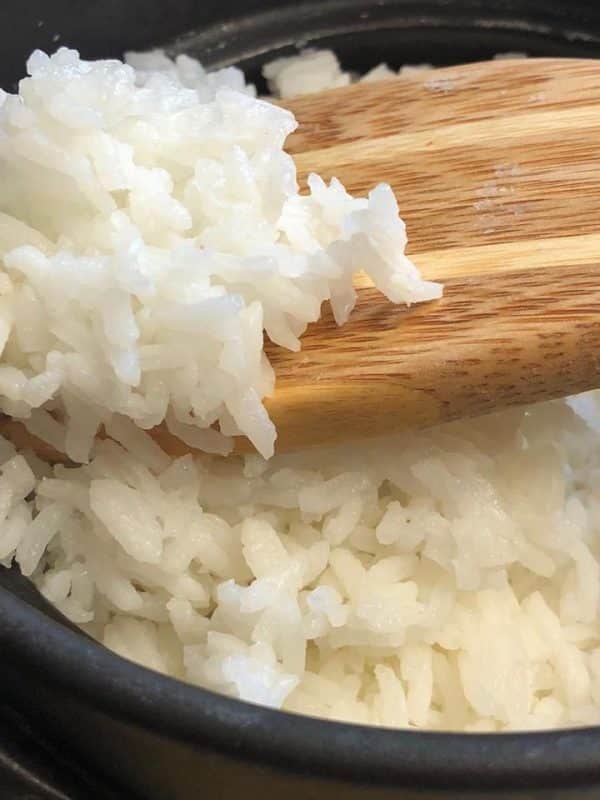
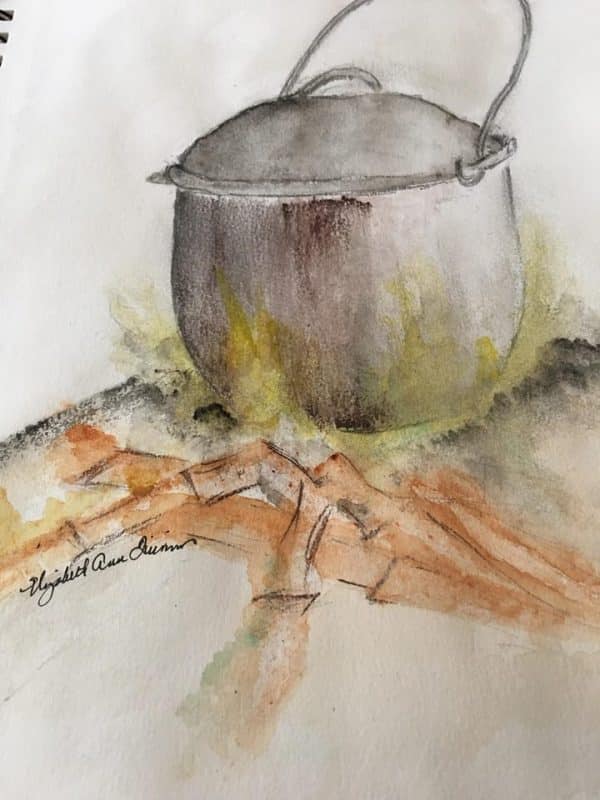
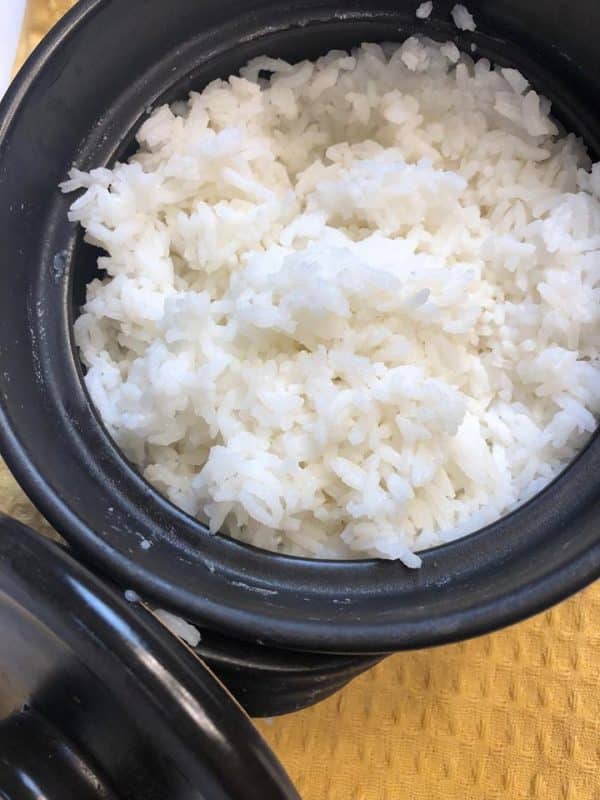
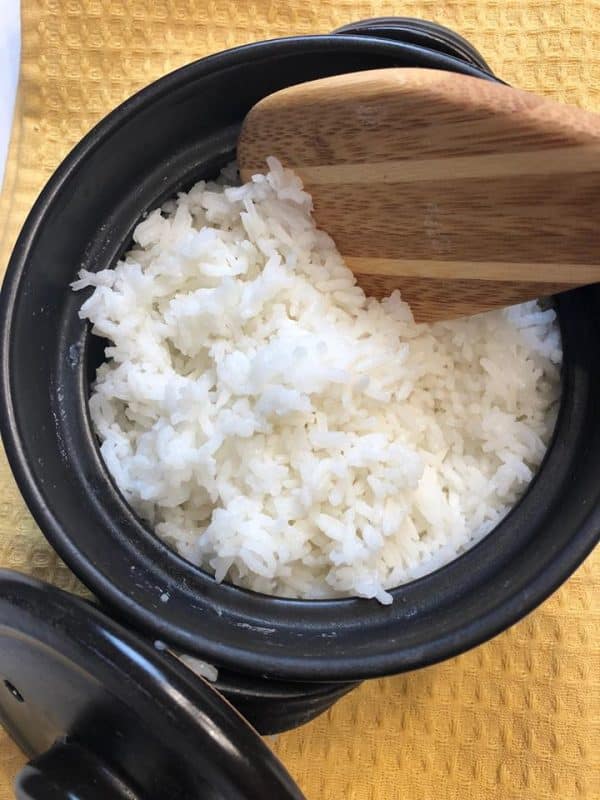

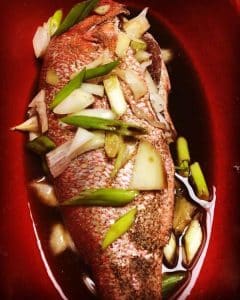
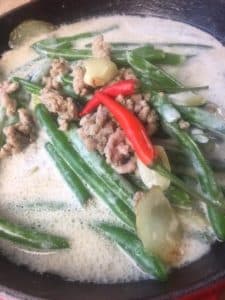

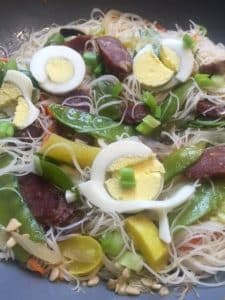
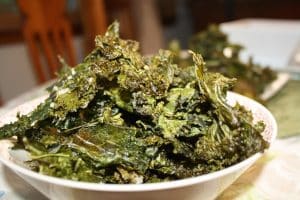
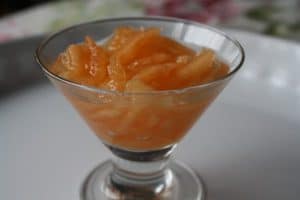
Looking forward to tomorrows event. Have my meat in marinating now.
Thanks, Joan. I’m excited, too. Enjoy the Cook the Book episode 20 with Jenni and me.